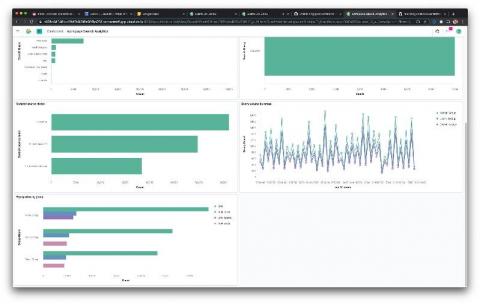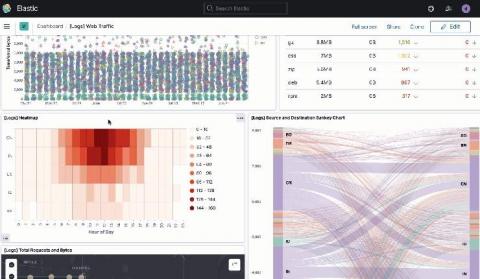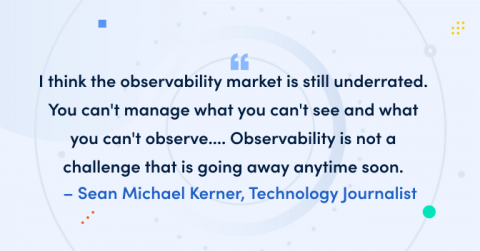Operations | Monitoring | ITSM | DevOps | Cloud
Dashboards
Analyzing Elastic Workplace Search usage in a Kibana dashboard
Let’s start off with some good news: since 7.9.0, your Elastic Workplace Search deployment has been collecting and logging product usage data for you and your team. Usage data like, what your users are searching for, what links they're actually clicking on, and which searches are falling short. And better yet, in a future release we’ll be putting a prebuilt Workplace Search analytics dashboard at your fingertips in Kibana, one of the most powerful visualization tools available.
We built LogDNA Templates so you don't have to
With an ever growing list of infrastructure improvements, new features, and issues to debug, setting up your observability tools to keep up with best practices can fall down your list of priorities. There’s simply not enough time to set up new dashboards that can give you the visibility you need to be proactive with your infrastructure.
SquaredUp 5.0 is coming And it will be bigger and better than ever before!
As the year draws to a close, we’ve got exciting news. In the new year, we will be launching SquaredUp version 5.0! So, what exactly is in this big, bold update, you ask? Expect a gorgeous new look and feel plus major improvements to our two most popular features – Open Access and Dashboard Designer. We’re also bringing you even more visualizations for your Web API integrations, so you can display data in the best possible way in your single pane of glass. The best part?
Why SCOM needs SquaredUp: Performance monitoring reporting
As a SCOM admin, you’re probably heavily involved with alert analysis and performance monitoring. You probably also know then, that while SCOM is a great monitoring tool, it leaves a lot to be desired when it comes to reporting on performance monitoring. I’ve got good news for you. SquaredUp sits on top of SCOM and completely changes the game. How? Why? Read on for a comparison and break down of all the reasons you should do it with SquaredUp.
Power IQ Dashboard
Driving dashboard actions in Kibana with URL drilldowns
With the release of Kibana 7.10, dashboards have gained a powerful new feature: URL drilldowns that let you instantly click into any predefined webpage from a visual in a dashboard. Now you can build Kibana dashboards that provide data-driven insights and allow direct actionable paths to the systems you use every day. To learn more about URL drilldowns, be sure to join us for the upcoming webinar, How to build dashboards that drive insight and action in Kibana.
The observability market is heating up, but is it more than just hype? Industry watchers weigh in
The observability market is undoubtedly hot. Consider the headline-grabbing evidence: multiple IPOs, hundreds of millions of dollars in venture capital funding for startups, and huge market caps of vendors playing in the space totalling more than $80 billion. Still, it has to be asked: Is all the hype warranted, or is this really just “absurdability”? We asked seven industry watchers to weigh in.
Barbara Nelson | How Can I Put That Dashboard in My App? | InfluxDays
Trace discovery in Grafana Tempo using Prometheus exemplars, Loki 2.0 queries, and more
Grafana Tempo, the recently announced distributed tracing backend, relies on integrations with other data sources for trace discovery. Tempo’s job is to store massive numbers of traces, place them in object storage, and retrieve them by id. Logs and exemplars allow users to quickly and more powerfully jump directly to traces than ever before. Let’s dig into some examples with a live playground to try it out!











